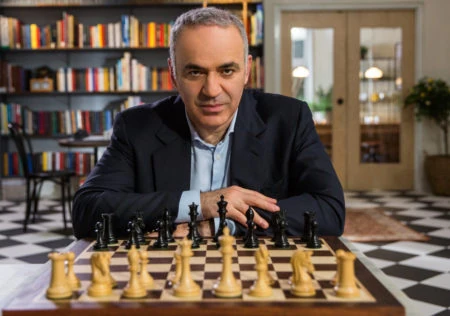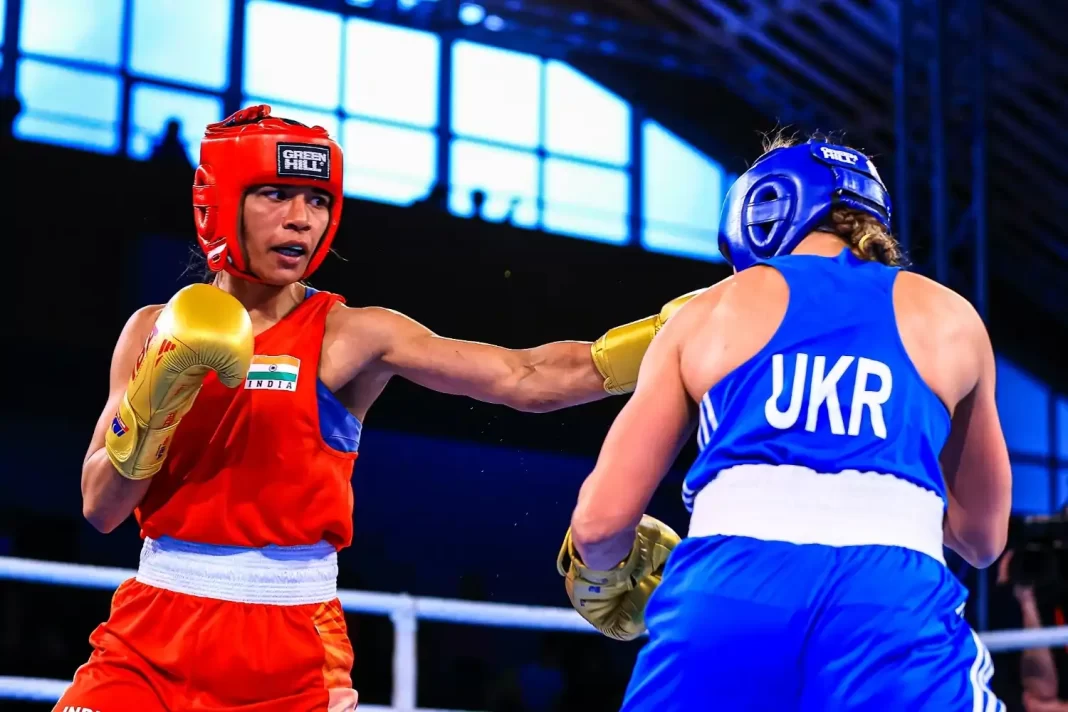In 1996, the world witnessed a historic confrontation that transcended the realm of chess, becoming a symbol of the ongoing competition between human intelligence and artificial intelligence. Garry Kasparov, the reigning World Chess Champion and considered by many as the greatest chess player of all time, faced off against Deep Blue, a chess-playing computer developed by IBM. This six-round match marked the first time a reigning world champion played a chess computer under standard chess tournament conditions, capturing the imagination of people around the globe.
Kasparov emerged victorious, with a final score of 4–2, securing his position as the world’s premier chess talent. However, the match was notable for more than just the final score. Deep Blue’s victory in the first game of the match was a monumental moment; it was the first time a reigning world champion had lost to a computer under standard chess tournament conditions. This victory by Deep Blue served as a stark demonstration of the strides being made in the field of artificial intelligence, showcasing the potential for computers to challenge and even surpass human capabilities in specific domains.
The 1996 match was characterized by intense and high-level play, with Kasparov employing his deep understanding of chess strategy and tactics to outmaneuver the computer’s formidable calculating abilities. Deep Blue, on the other hand, utilized brute force computing and advanced algorithms to analyze millions of positions per second, presenting a style of play that was incredibly challenging for Kasparov to counter.
Despite Kasparov’s victory in 1996, the saga did not end there. IBM returned to the drawing board, making significant upgrades to Deep Blue’s hardware and software. In 1997, a rematch was held, during which Deep Blue defeated Kasparov in a six-game match, marking the first time a reigning world champion lost a match to a computer under standard chess tournament conditions. This rematch further underscored the dramatic progress of artificial intelligence and its potential to compete at the highest levels of human cognitive performance.
The Kasparov vs. Deep Blue matches are remembered not only as a pivotal moment in the history of chess but also as a landmark event in the study of artificial intelligence. They sparked widespread debate and discussion about the future of human and machine intelligence, the limits of computer capabilities, and the implications for other fields requiring cognitive expertise. Over two decades later, these matches continue to be studied and referenced as a key moment in the ongoing dialogue between human intuition and creativity and machine precision and calculation.




